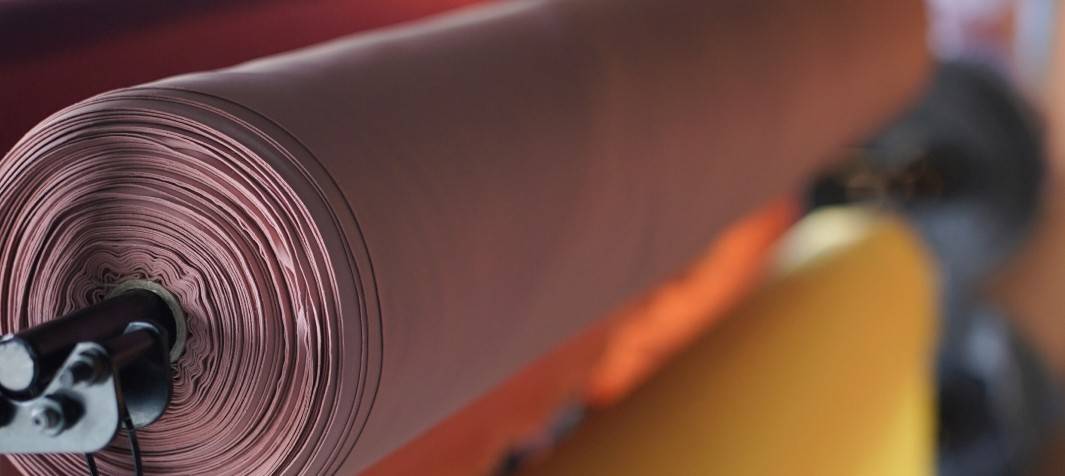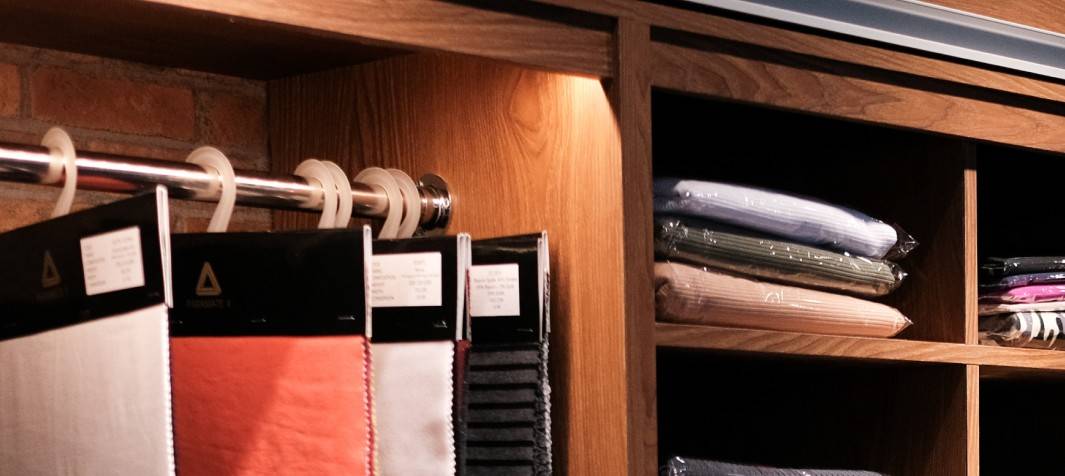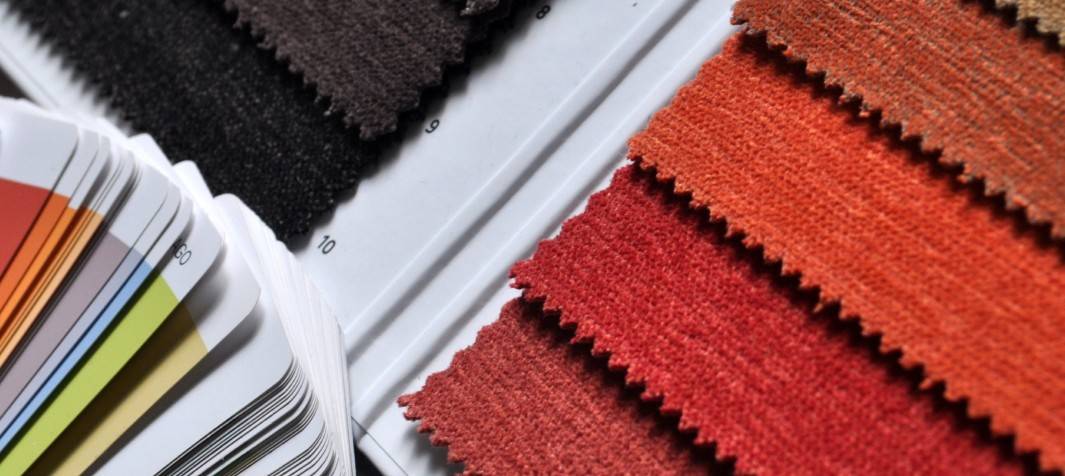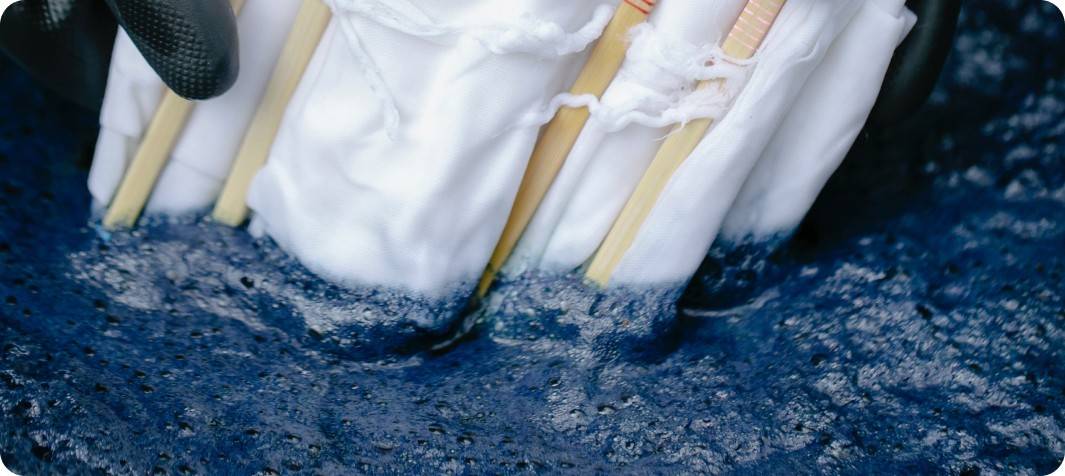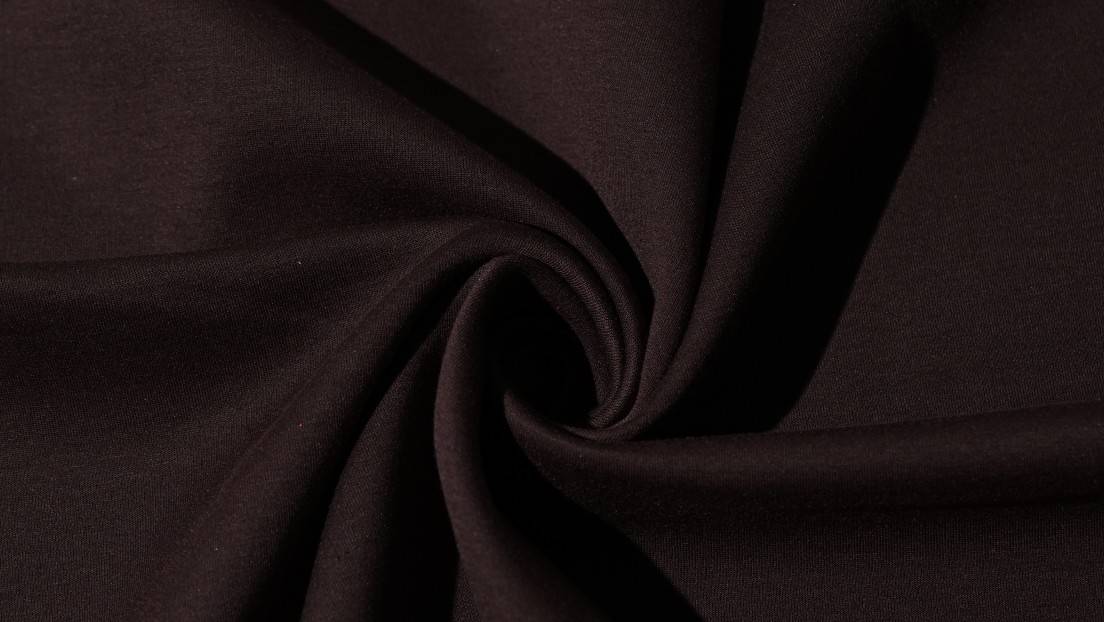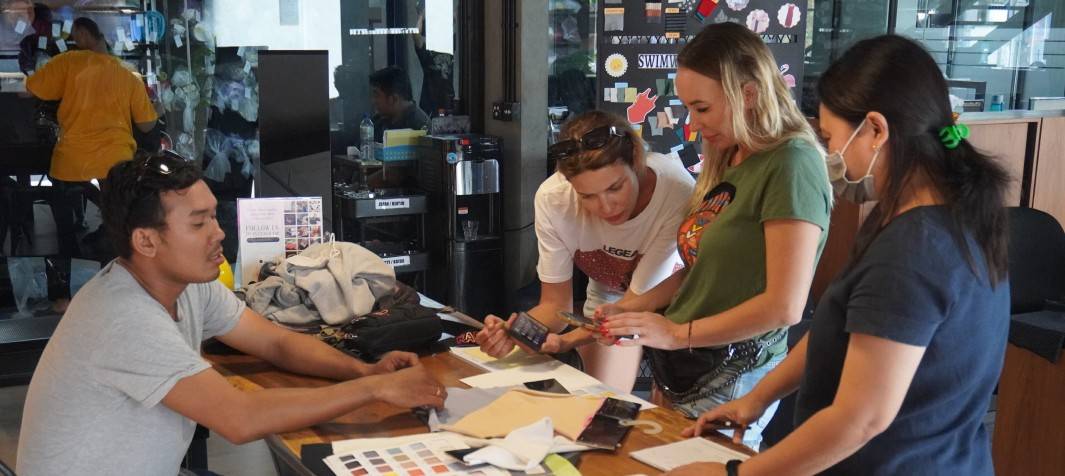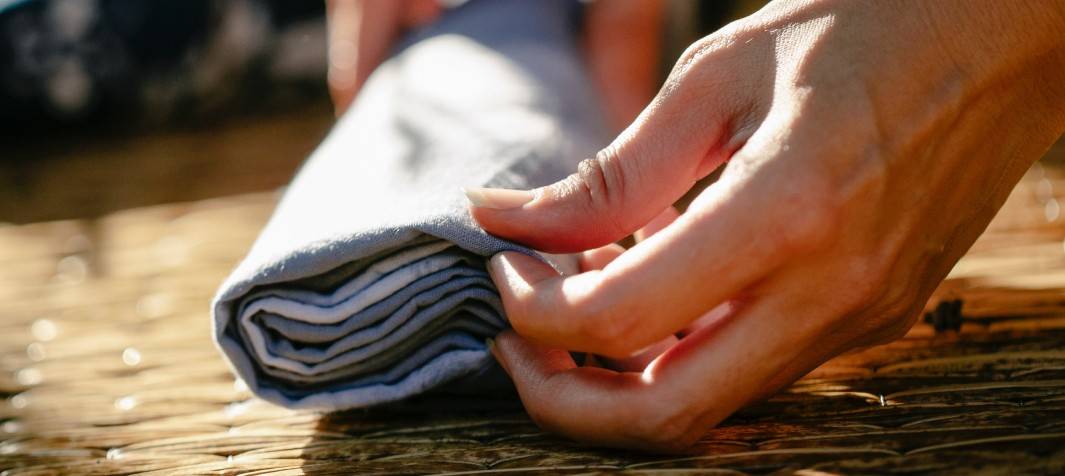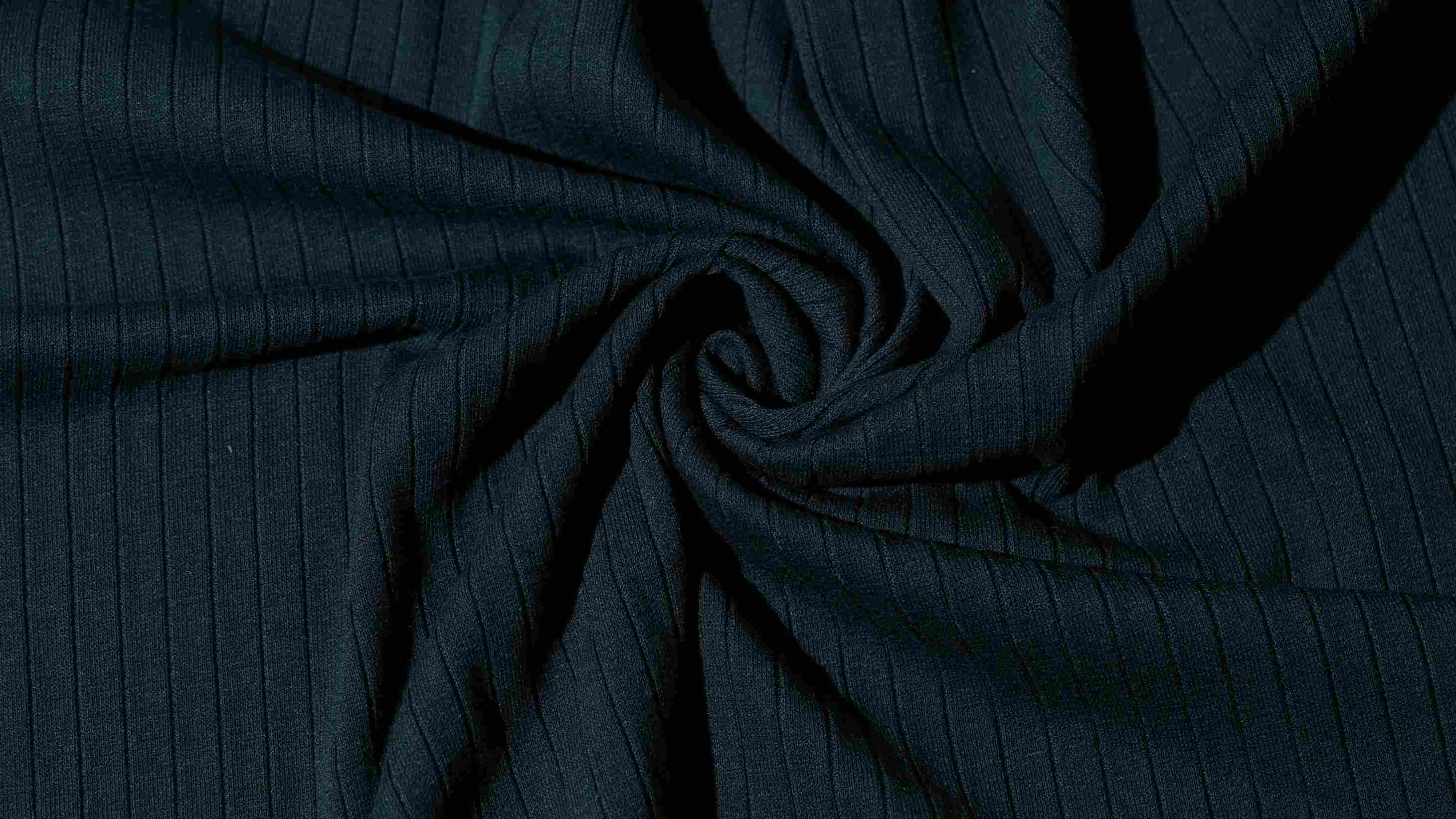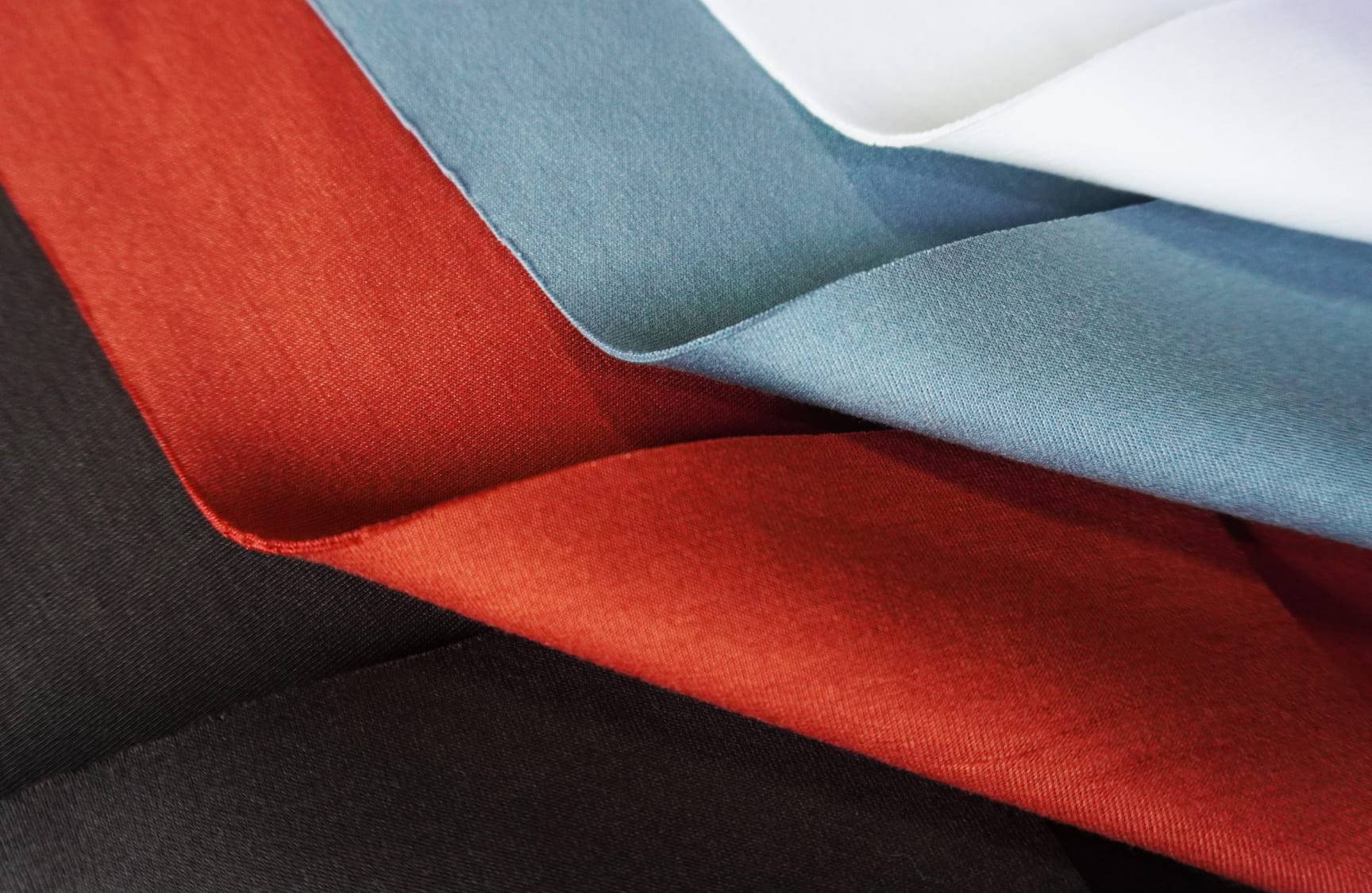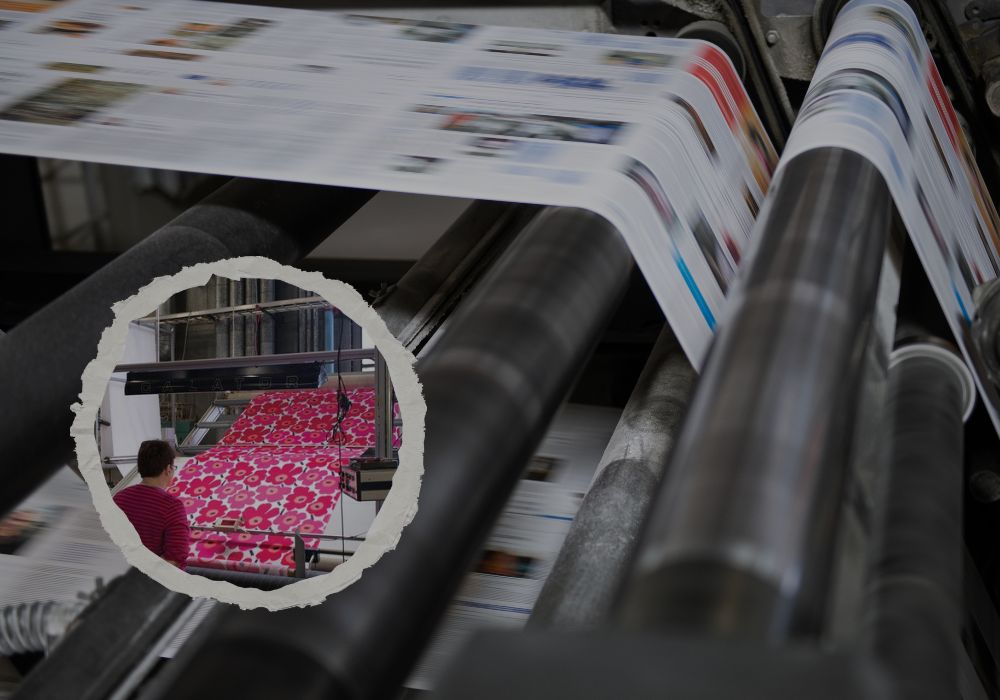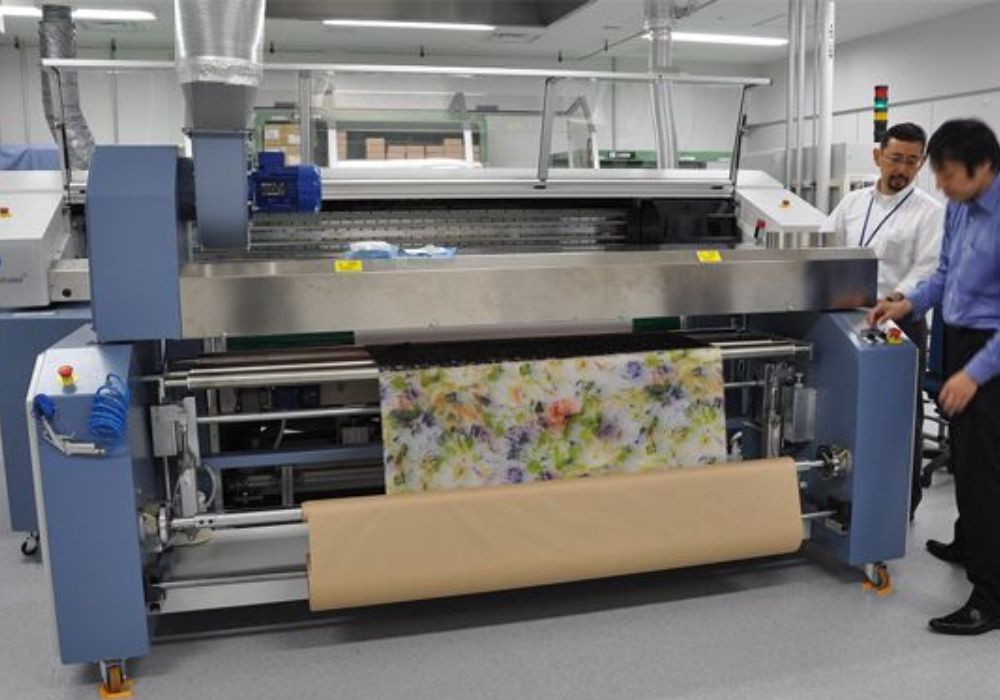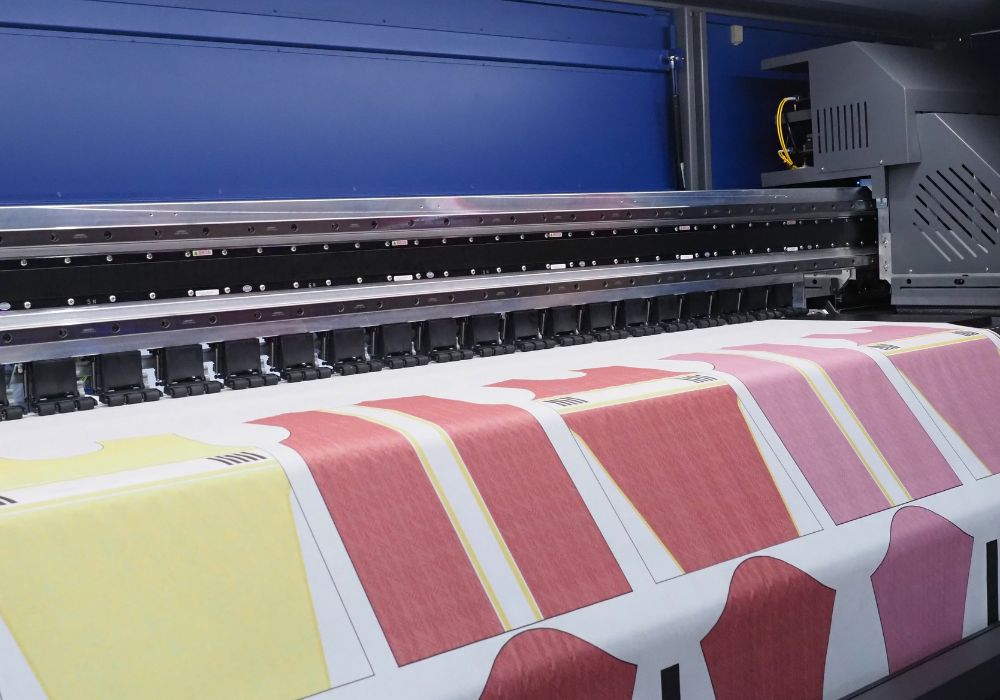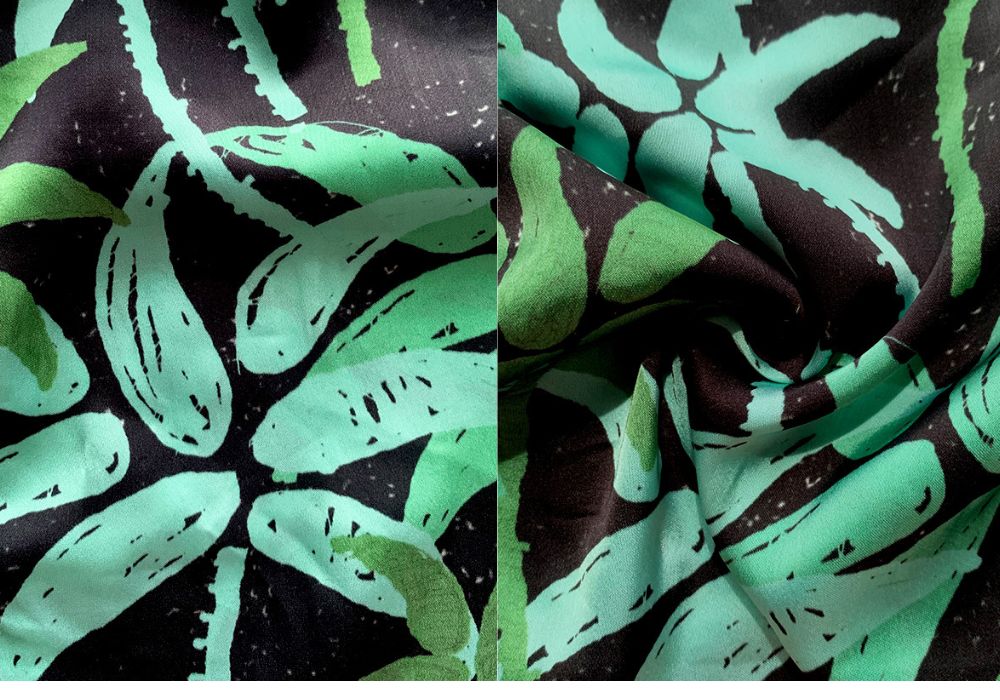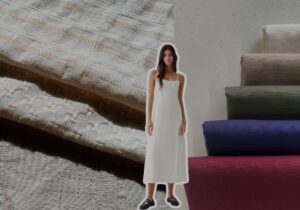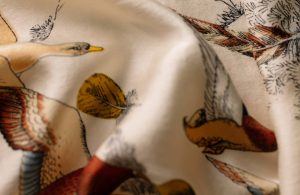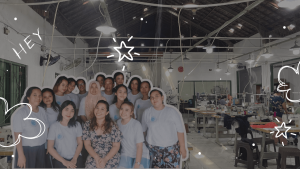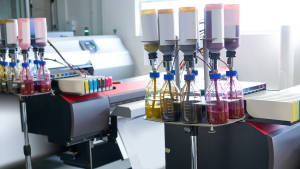Custom fabric printing is often the perfect solution if you want to create a unique design on fabric. But have you ever experienced a print that didn’t turn out the way you expected? Maybe the colors didn’t match what you saw on your screen, or the fabric became stiff and uncomfortable. If you’re considering printing your custom design on fabric, there are a few things you need to watch out for. Here are five common mistakes in custom fabric printing and some simple ways to avoid them!
1. Expecting Screen Colors to Match Exactly with the Fabric Result
Sometimes, you’re super happy with the design on your computer or phone screen, but when you see the printed fabric, the colors don’t quite match up. Why does this happen? It’s because colors on a screen are created by light, whereas on fabric, they’re reflected off the surface. Even if your design file is RGB, there can still be some differences in the final result.
Solution: Before starting mass production, always do a test print to check if the colors on the fabric match what you had in mind. This will help you avoid any unpleasant surprises.
2. Covering the Entire Natural Fabric with Dark Colors
Natural fabrics like cotton have a high ink absorption rate. When you use dark colors (like black or deep blue), the fabric absorbs more ink, making it stiffer. So, if your design is dominated by dark colors, be careful!
Solution: Try to avoid using a full black or dark color design on natural fabrics. If you really want dark, intense colors, it’s better to choose synthetic fabrics because they are more flexible and not as heavy as natural fabrics.
3. Expecting Every Print Batch to Be Identical
Even if your design is exactly the same, the results of each batch can be slightly different. Why? Because there are many factors that can affect the outcome, such as the fabric lot, ink formula, and environmental conditions (like temperature and humidity). So don’t be surprised if the print from a new batch turns out a little different after a few months.
Solution: If you’re ordering the same design a few months later, always test print again to ensure the results are still consistent. This will help maintain the quality you expect.
4. Assuming the Same Design Will Look Identical on All Types of Fabric
The design you created may not look the same on every type of fabric. Why? Because each fabric type has a different absorption rate for ink and its unique properties. For example, when printing on cotton, the ink only sits on the surface, while on polyester, the ink can penetrate the fibers through sublimation.
Solution: Always test your design on the exact fabric you plan to use. This will ensure your design looks just as good as you imagined, and helps you avoid disappointing results.
5. Using a Design That Doesn’t Suit the Fabric Structure
Don’t just focus on the pattern; also consider the structure of the fabric you’re using. Elastic or textured fabrics can affect the print outcome. For example, small motifs or thin lines might not be visible on textured fabrics, and prints on elastic fabrics could shift, making geometric patterns less precise.
Solution: Before printing, get to know the fabric you’re using. Feel its texture, and make sure your design works with the fabric’s structure. It’s always a good idea to print a sample first to see the final result.
Paramatex Fabric: The Perfect Choice for Custom Printing with Satisfying Results!
Now, Paramatex is not just the place to find high-quality fabric, but also the place to print fabric directly! You can buy fabric and immediately print your custom design there. With a variety of fabrics that are easy to print on and guaranteed to give great results, this is definitely a one-stop shop for fashion entrepreneurs. No need to search for separate printing services — Paramatex has you covered from A-Z!
Conclusion: Trust Custom Fabric Printing to Paramatex
By avoiding the five mistakes above, your custom fabric printing results will be more consistent, less risky, and definitely meet your expectations. If you’re looking for fabric to print on, Paramatex offers a variety of fabrics that are very much suitable for printing with results that will exceed your expectations. If you have any questions or are unsure about fabric printing, don’t hesitate to reach out to Paramatex. Their team is ready to assist and offer the best advice for your printing needs!
So, from choosing the right file to doing test prints before full production, all of these steps can ensure that your print job turns out perfectly. Happy printing, and we hope your results always meet your expectations!
